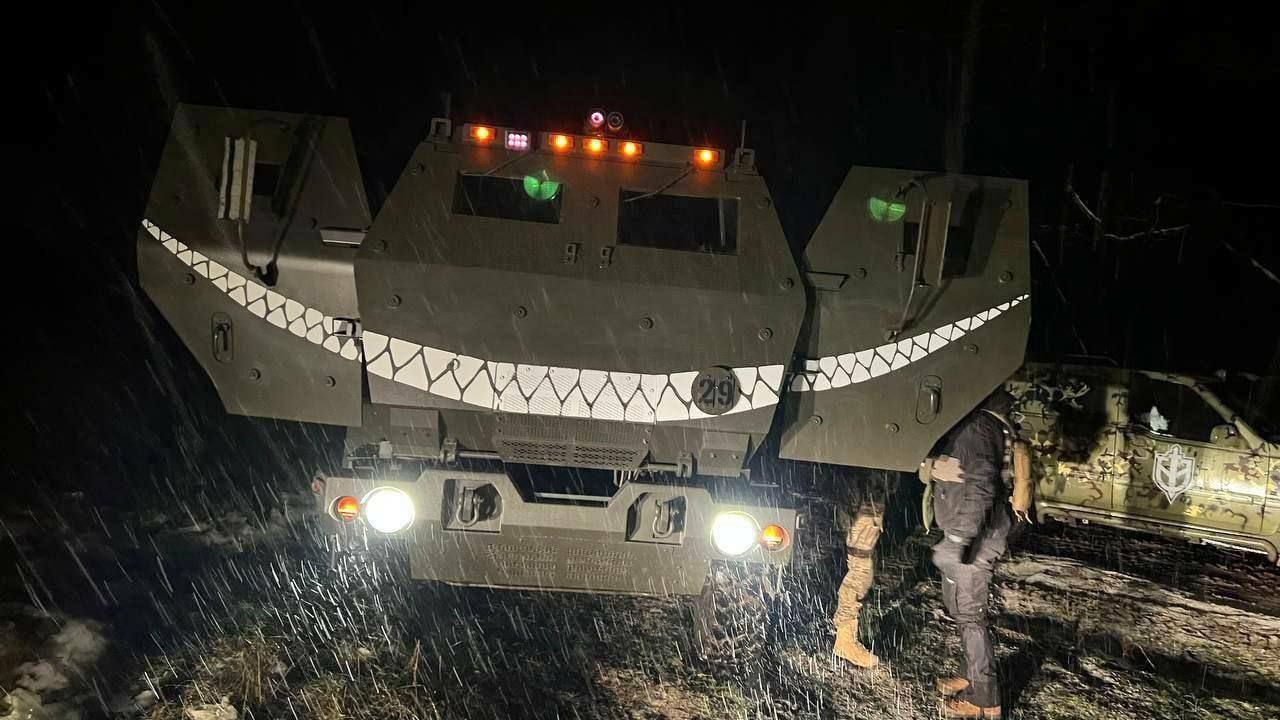A maser is a device that produces coherent microwaves, through amplification by stimulated emission. The term is an acronym for microwave amplification by stimulated emission of radiation
TIL, thank you friend!
There has been development of smarter jammers that’ll ‘listen’ for the frequency used, and pump out jamming to defeat it, but I haven’t heard of a steerable unit like that - very interesting.




Exhausted their forex reserves of yuan, yup.
I can’t imagine why China would be demanding yuan instead of rubles lately…